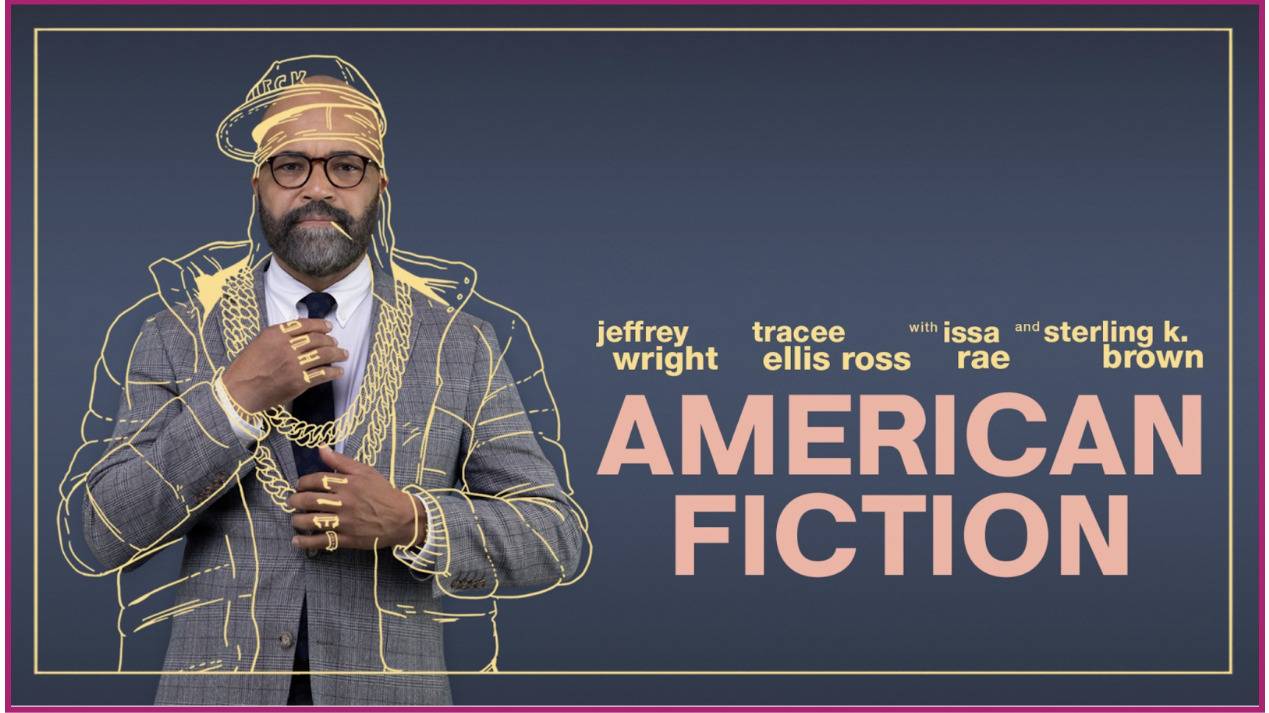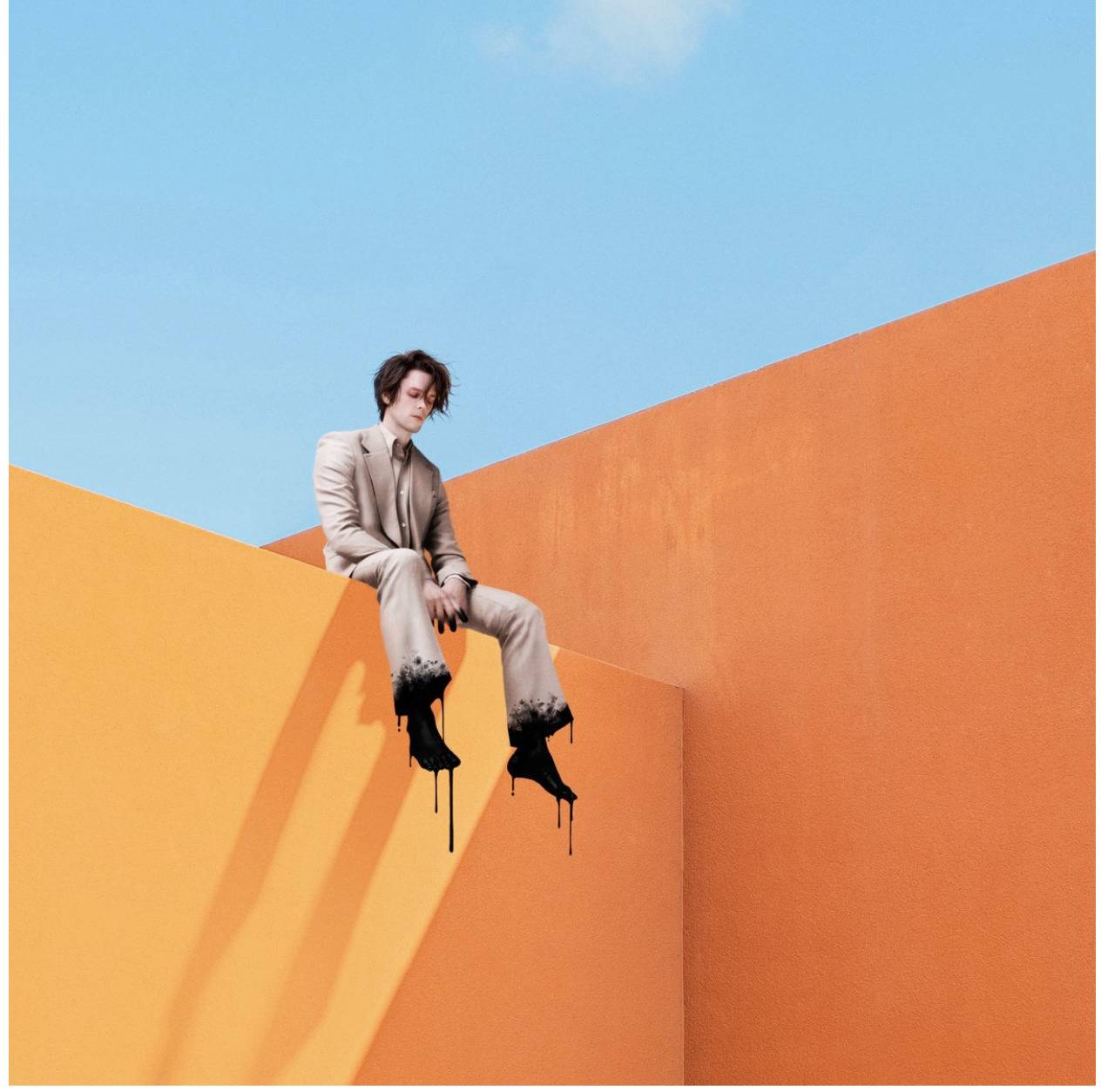Assume the existence of burning, eternal love. We all know it is the UFO of human feelings: a hardly believable phenomenon where you not only have hot pants for one another but every worldly care is forgotten. And all of this, the everyday devotion as well as the heaving, has to be a part of forever.
The Hypocrites’ production of Camille/La Traviata never questions this kind of love’s existence. It jumps headstrong into the consequences of its arrival. The starting point for this story is found only after tracing back in time through the litany of its permutations. Director, Sean Grainey, has attempted an adaptation based on three sources: the libretto for the opera La Traviata written by Francesco Maria Piave as well as the play and novel La Dame aux Camélias, by Alexandre Dumas. The results are muddled.
Our lovers are Camille and Armand. She is the most sought after Paris courtesan, and he is the respectable gentleman who can redeem her with his undying love.
Contending with the observation of their unfolding relationship is a range of distracting conceptual elements. Grainey abuts modern dance beats with operatic narration to farcical effect. His red saturated set—-the inside of a heart—is more neon cool than flaming passion. In his director’s notes, Grainey says that he wants to rid the play of its melodrama for something more honest. But he replaces melodrama with sustained hysterics, masquerading at times as realism. Camille (Amanda Putman) and Armand (John Byrnes) work (and shout) too hard. We never get a tender look.
Grainey, to his credit, lays out an ambitious goal for this play, asking a whirlwind of theatrical artifice that belie itself to the raw depths of love. Melodrama might not be the answer, but neither is sensory overload. A foil to the cacophony was nearly provided in the second act. At Camille’s country estate the torrid passions begin to mature; the lovers’ sanguine raiment of Parisian nightlife are replaced with everyday wear––but too briefly. Soon we are back in Paris for a trying third act. Here the script takes a down turn. Clever quips and retorts are replaced with playground polemics between Armand and his rival, the Baron. Unfortunately, there are not enough interesting ways to rearrange the cliché “Unlucky in love, but lucky at cards.”
Later during the act, Camille and Armand are beset in turn by a vamping chorus routine, doing what looks to be an attempt to achieve some high color kinetics—perhaps akin to Baz Luhrmann’s film, Moulin Rouge. The uneven production values here exacerbate this unwise decision. The shuffling steps, part Cats and part round-dance, were as cornball as the thudding heartbeat heard overhead.
Some individual performances were pleasant reprieves. Steve Wilson’s Baron stood out as understated and comically charm-less. Stacy Stoltz’s Flora had a very believable physical sass. But even together their roles were too limited to be a saving grace. Grainey’s conceptual elements and script emphatically tell us repeatedly that Armand and Camille are in a dreadfully deep love. We heard it said, but we never felt it.



















